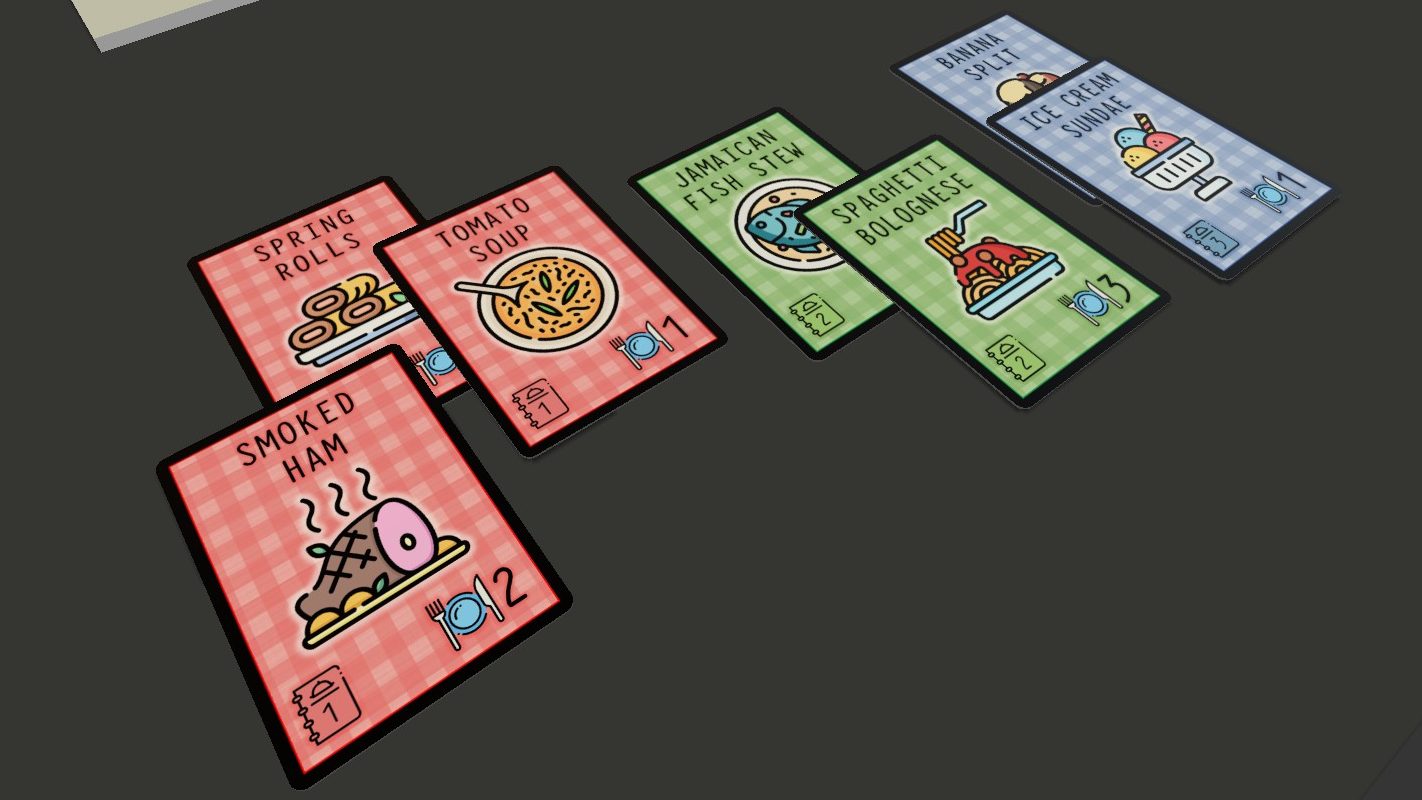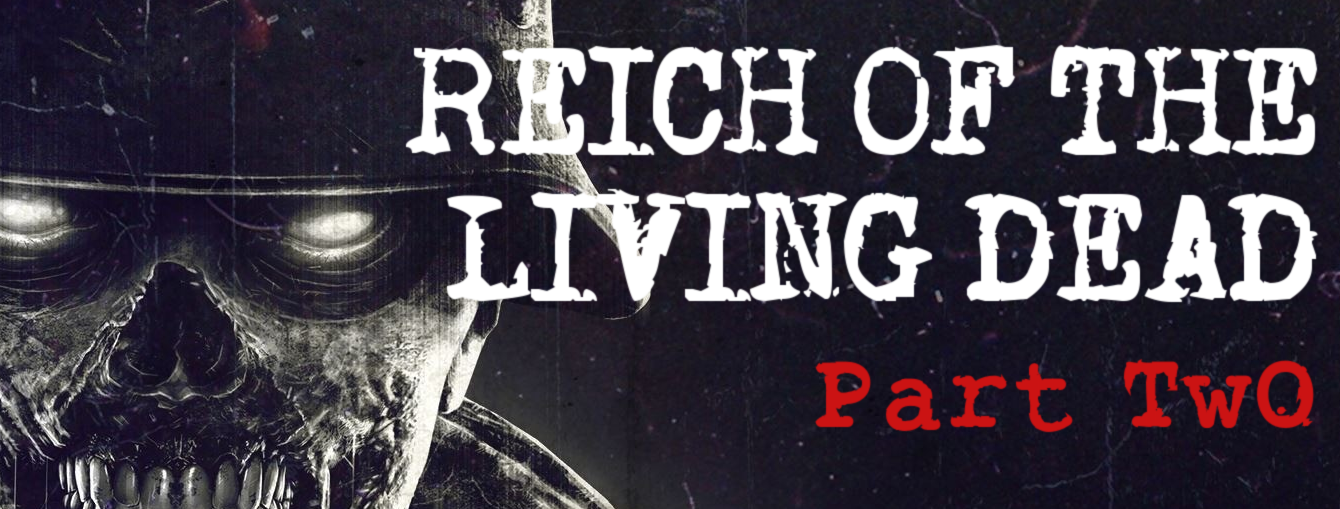Building on my previous entry in this series, which discussed some of my efforts to paint the little buggers, perhaps it’s now time to introduce my team. Behold: NULN CITY F.C. – the IRONCLADS.

When I have previously explored the world of Games Workshop games, I had always leaned to the more humanoid races (humans, elves, etc.) and “medieval”-type themes, so I knew that I always wanted to field an Imperial Nobility team; even though they are a Tier 2 Blood Bowl team and, as a result, slightly more of a challenge for a newbie. Because I tend to engage better with things when I have some attachment to it, I was keen to embed myself in creating lore for the team and assigning individual players unique personalities; giving me opportunity to role-play things. So, I started doing some research into The Old World’s towns and cities to identify a good match in terms of origin story.
I zeroed in on Wissenland; the industrial workhouse of the Empire and epicentre of Imperial munitions and war machines: obvious themes which are relevant to my interests. I immediately felt an attachment to the description of the Wissenland people:
“At their best, Wissenlanders are stoic, dependable, and willing to endure hardship should it be needful. Known to be a dour lot, they are a hardy people, given to few words and little emotion.” [from the Warhammer Wiki].
The capital city-state of Nuln is a bustling metropolis of engineering expertise from Humans and Dwarves, and also the home of the Imperial Gunnery School for the training of recruits for the military. My research highlighted the existence of Iron Companies; a standing guard force which accompany the mobile artillery of the Empire. I settled on a Nuln-based team, then; seeking to draw on the ‘Iron’ aspect and building on that. Lo! The Nuln City Ironclads were born.

I created a team logo based on a random Wissenland badge that I found via Google images, before upscaling the image using an online AI tool then doing some basic editing, recolouring, addition of a new text banner and general touching-up. With this team, I generally wanted a “grittier” version of the Imperial Nobility than are traditionally maintained within the official Games Workshop material, hence the dark (black ‘n purple) colour scheme and a slightly more ‘industrial’ look.
As such, I arrived at the following backstory for the team, which will soon be syndicated within an upcoming issue of SPORK! magazine:
Forged in the fires of Wissenland, the Ironclads are the official football team of the Nuln Ironsides; one of the famed Iron Companies drawn from the Imperial Gunnery School located in the capital city-state of Nuln. Clad primarily in iron breastplates and other plating (as their name suggests), they are typified by grit, determination and a strong whiff of anti-rust lotion.
The team are coached by Hugo Schinkenfaust, who has been tasked by Wissenland Grand Countess Emmanuelle XV von Liebwitz with carrying this inexperienced team through their first ever season of Blood Bowl. Captain of the team is Imperial Thrower Detlef von Sturm (#10); an Ironsides veteran. The team are also deftly assisted in attack by Noble Blitzers Otto Schädelbrecher and Albrecht Panzerblitzen, whilst star player Griff Oberwald is held on a retainer with the team.
The team is known for their “Iron Curtain” formation – a ‘wall’ of bodies lined up on the Line of Scrimmage to nullify opposition movement across the pitch: the frontline of Imperial Retainer Linewomen, around whom this wall is constructed, have already gone down in fan folklore as the “Night Witches”.
Whilst mostly playing by the book, the team have been known to carry pouches of gunpowder to throw in the faces of the enemy or use their iron armour to reflect sunlight and dazzle opponents, so opposing teams had better watch out…

I have a few other snippets of lore that I didn’t have space to fit within the SPORK! article which might also give a bit of a flavour of what I think the team is ‘about’:
- It’s become a challenge for opposition players to steal feathers from the helmets of the team’s two Noble Blitzers: although, due to the nature of the team’s uniform plume arrangement for different positional players (for which the Blitzers have four feathers, Bodyguards have three and Linemen have two), many an opposition player has been surprised when they had been expecting to encounter a Lineman and, instead, a Blitzer turned up.
- The team uniquely source their leather (for boots and gloves) from Rhinox skin and solid gold buckles: such equipment has been funded by generous benefactors from among the principal Houses of Wissenland, and whom also help to bankroll the (extortionate) retainer currently held on Griff Oberwald.
- Captain von Sturm’s victory spoils include the lower jawbone of General Skreech Barbstriker after punching it clean off during a skirmish in the Skaven Assault of Nuln in 2499 IC.
- They host an annual ‘Best Moustache’ competition, which the “Night Witches” join in with through an array of facial wigs. The incumbent winner is Wilhelm (Willi) Flascher, whose lustrous ginger beard has gained widespread fame on the team’s promotional material.
Anyway, here is the current squad for the Ironclads for Southampton Blood Bowl League (SO:BBL) Season One:
| # | Name | Position |
|---|---|---|
| 1 | Wilhelm (“Willi”) Flascher | Imperial Retainer Lineman |
| 2 | Frederika Hecht | Imperial Retainer Linewoman |
| 3 | Dietrich Sauerbutt | Imperial Retainer Lineman |
| 4 | Heidi Bierflasche | Imperial Retainer Linewoman |
| 5 | Greta Busterfliegen | Imperial Retainer Linewoman |
| 6 | Günther Günthersson | Imperial Retainer Lineman |
| 7 | Griff Oberwald | Star Player |
| 8 | Albrecht Panzerblitzen | Noble Blitzer |
| 9 | Otto Schädelbrecher | Noble Blitzer |
| 10 | Detlef von Sturm (C) | Imperial Thrower |
| 11 | Hermann Grimevögel | Imperial Thrower |
| 12 | Gundolf Lichtenfels | Bodyguard |
| 13 | Wolfgang Dunkelpopp | Bodyguard |
| 14 | Helmut Schleifer | Bodyguard |
| 15 | Franz Umlaut | Bodyguard |
| 16 | Big Helga | Ogre |
I’ll perhaps save some player backgrounds and further backstories for a later post, but the season kicks off tomorrow (09 Mar 2024), so wish me luck. I’m not massively hopeful for my chances within the league, but I have certainly enjoyed putting together the miniatures and coming up with the narrative behind them so I guess I will satisfy myself with having had A Good Time™ doing that.
Anyway, that’s it from me, so I’ll leave it there for now. Up the Irons!

[Zinar7]


























































































